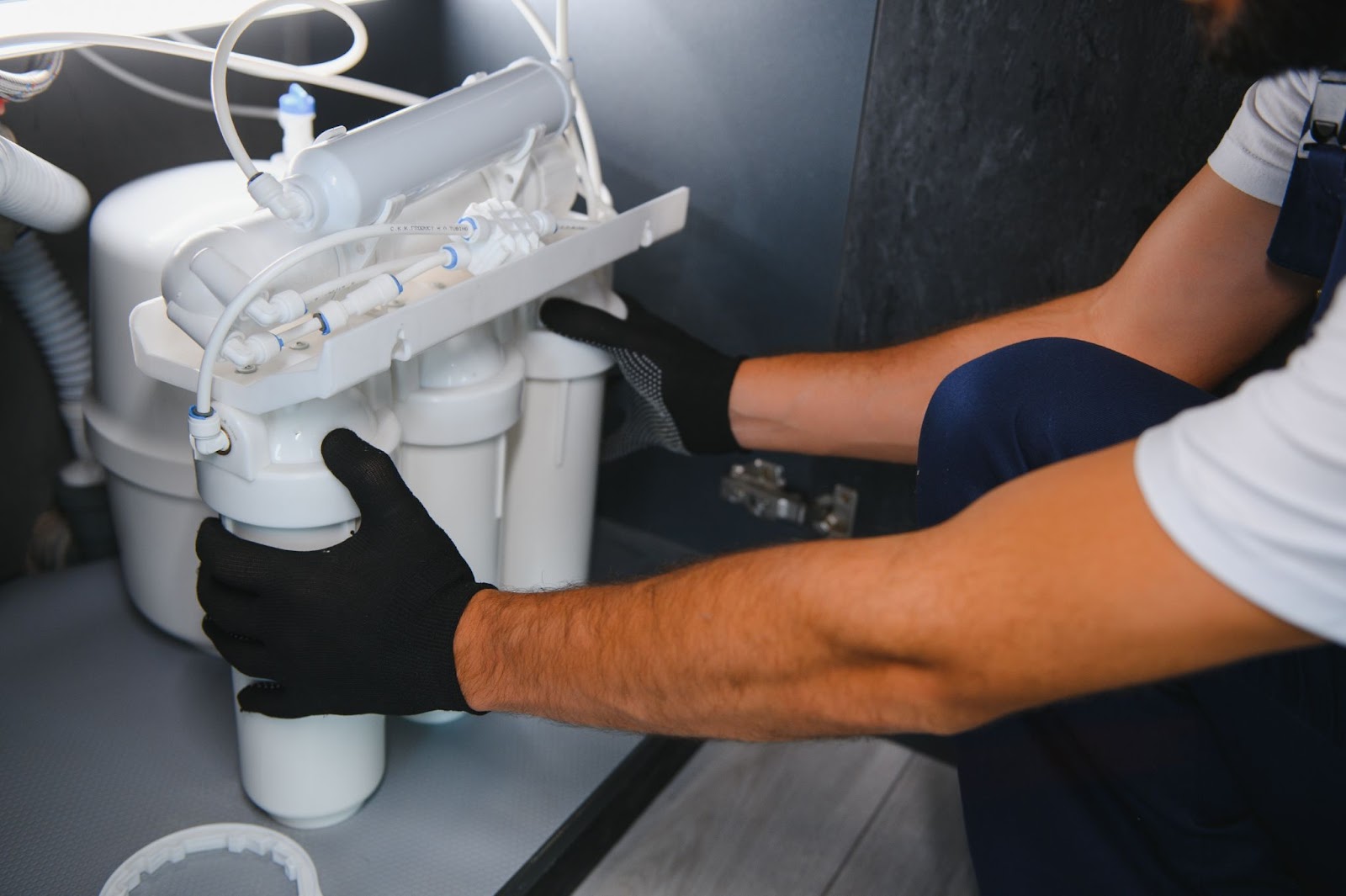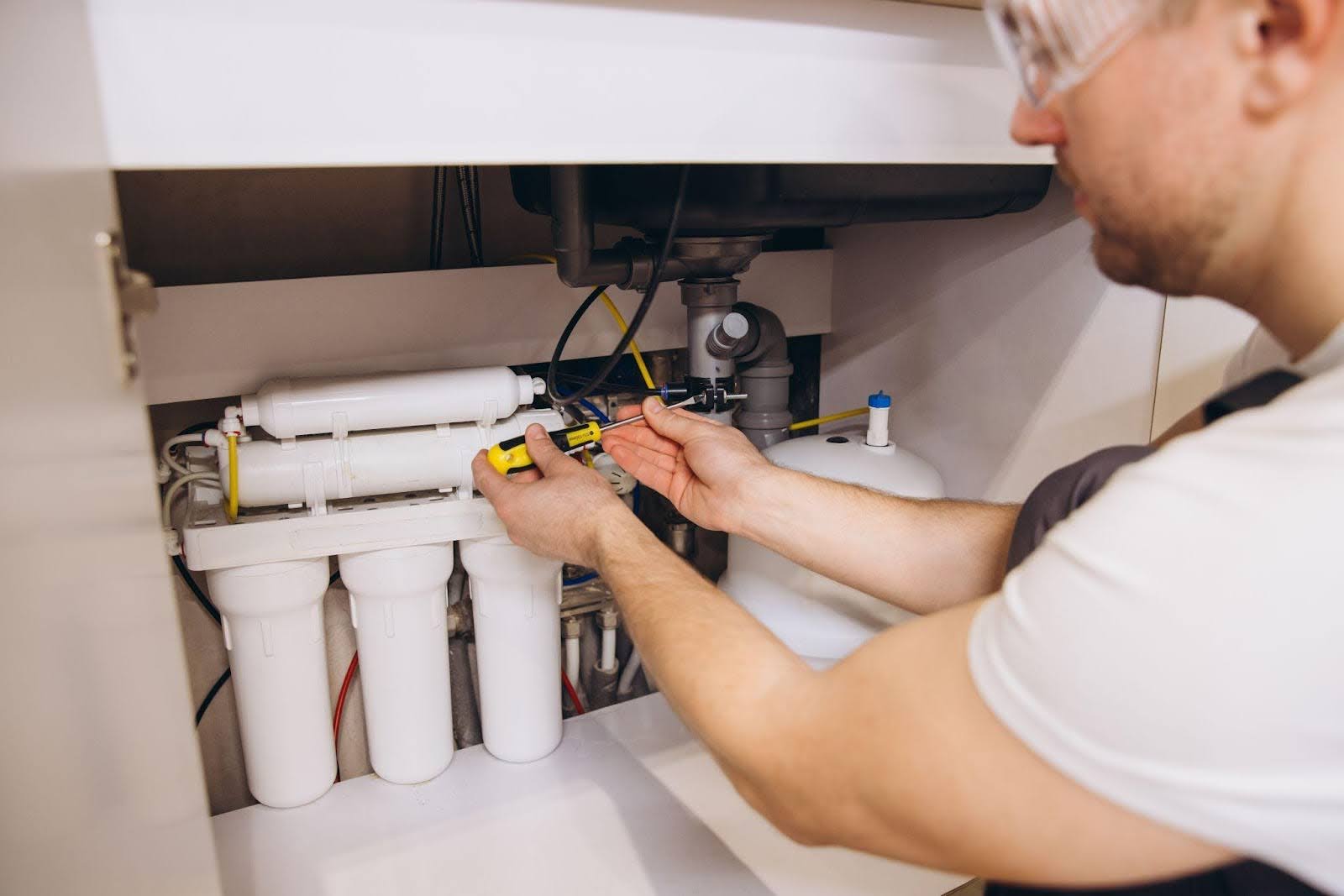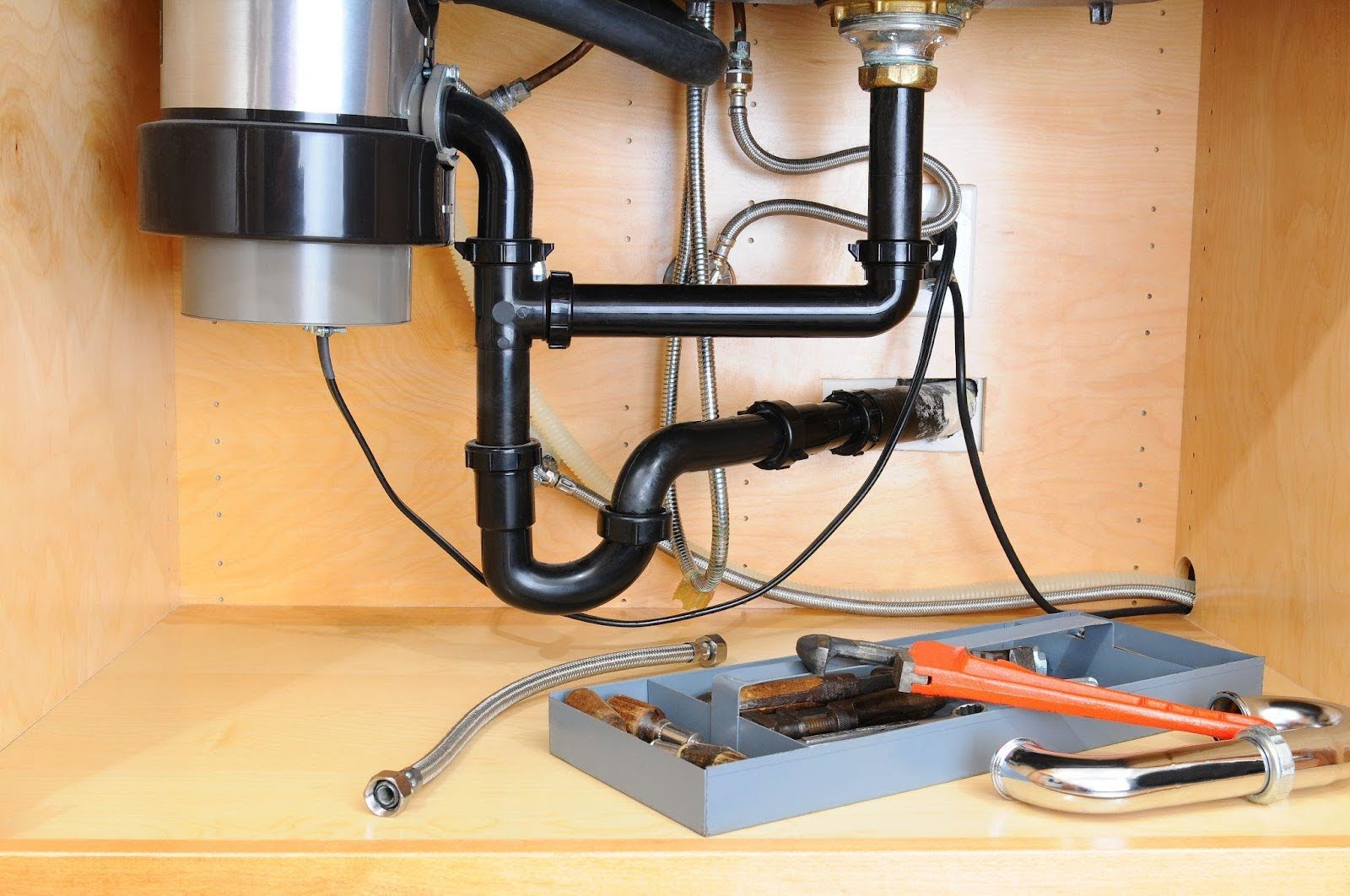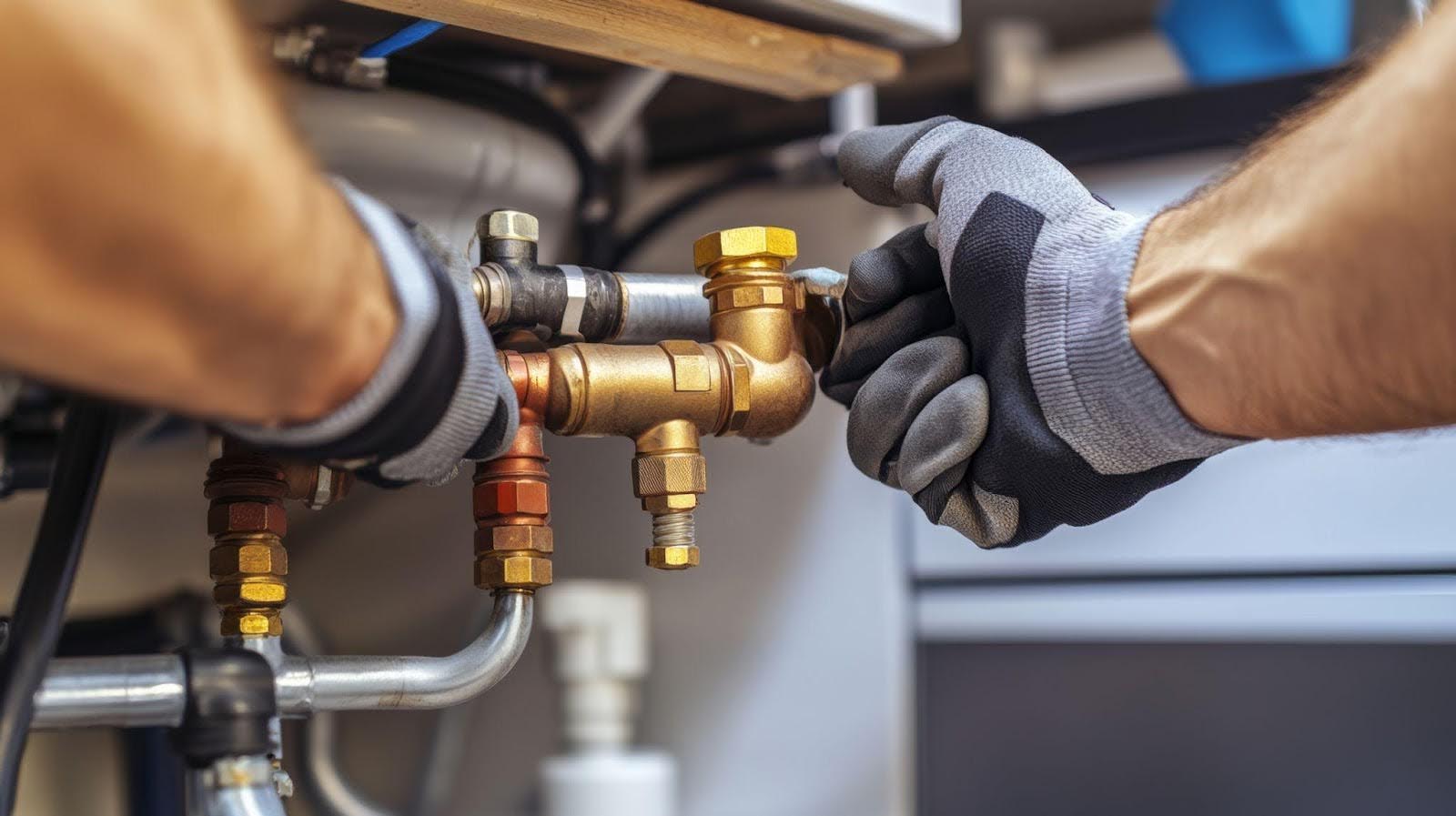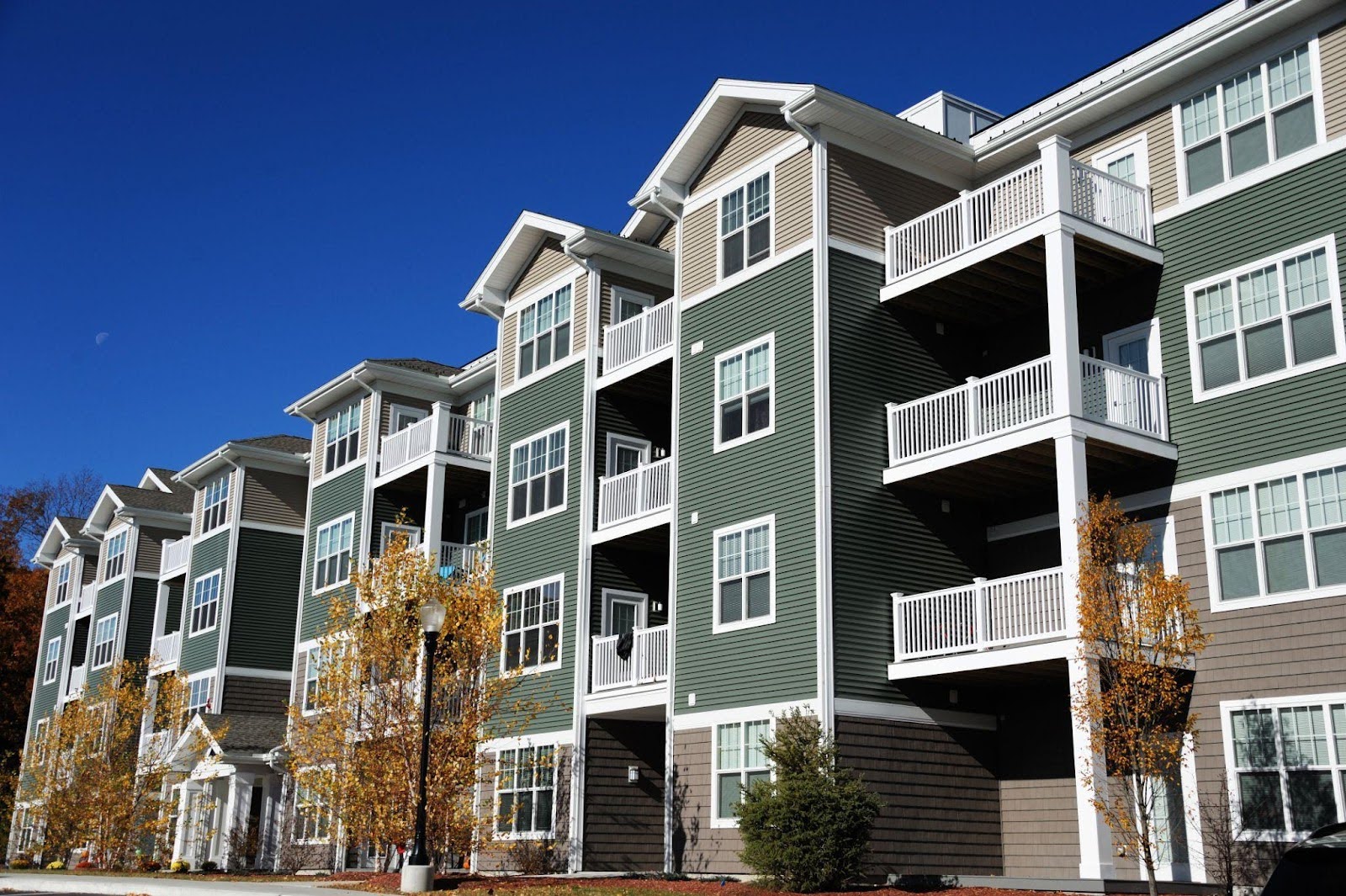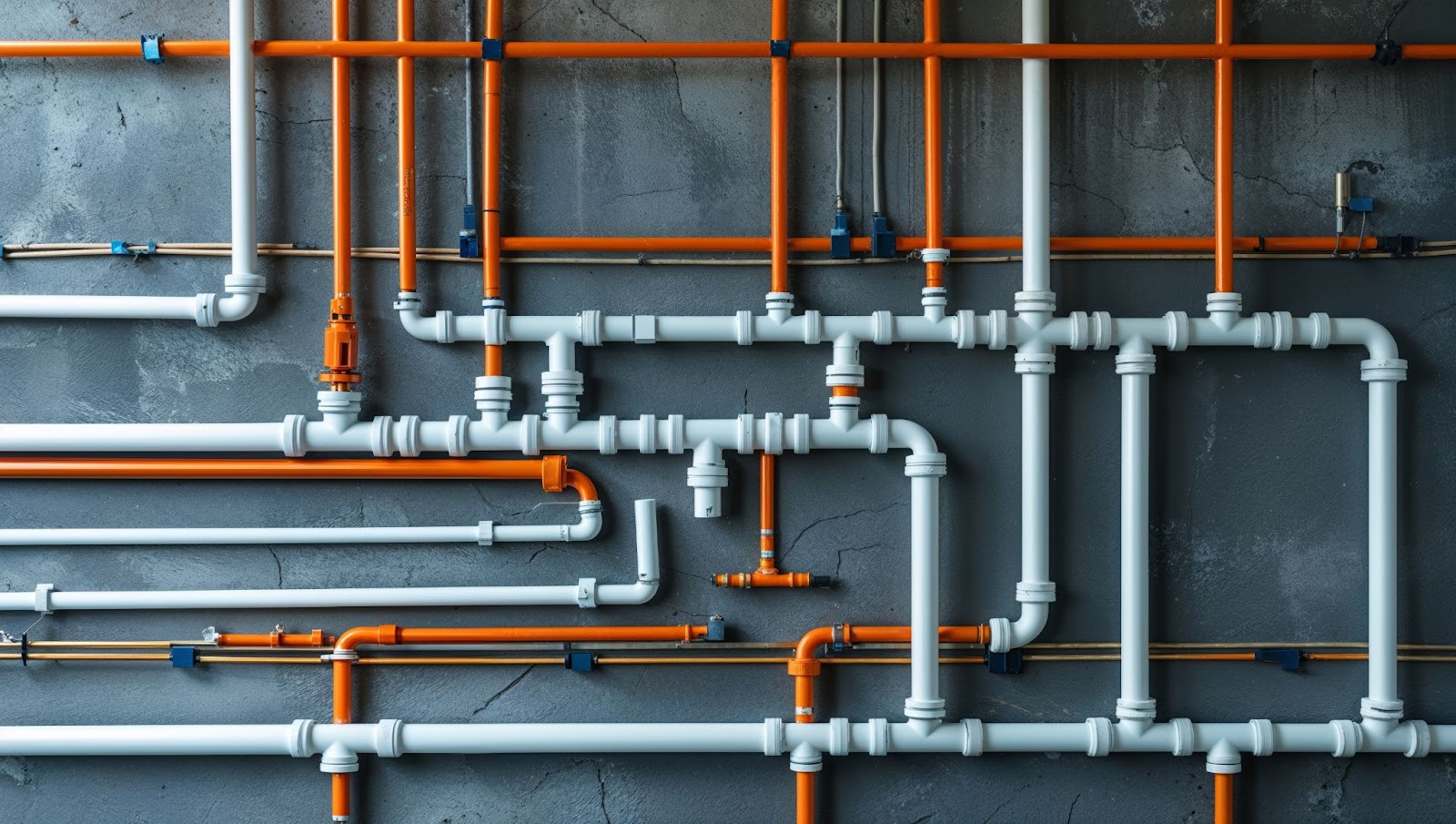Clean, safe water is one of the most valuable comforts in any home. Whether you’re using a water softener, a reverse osmosis system, or another type of filtration setup, water treatment systems play a vital role in protecting your home’s water quality.
But like any hardworking part of your plumbing, these systems need regular care to stay effective.
In this blog, we’ll explore why water treatment plumbing maintenance is so important, what tasks should be done regularly, and how to recognize when your system needs professional attention.
If you rely on any type of water treatment in your home or business, this guide will help you keep it running at its best.
What is water treatment plumbing?
Water treatment plumbing refers to the part of your system that’s dedicated to improving the quality, safety, and taste of the water flowing into your home or business. It includes all the devices and connections that filter, purify, or soften water before it reaches your faucets, appliances, and fixtures.
These systems are often installed at the point where water enters the building (point-of-entry systems) or at specific outlets (point-of-use systems), depending on the property’s water quality needs.
Common types of water treatment systems include:
- Water softeners, which remove hardness minerals like calcium and magnesium
- Reverse osmosis units, which filter out contaminants and dissolved solids
- Carbon filters, which improve taste and odor by removing chlorine and organic compounds
- UV purification systems, which eliminate bacteria and viruses using ultraviolet light
All of these components are integrated into your plumbing and require proper flow, pressure, and drainage to operate efficiently.
Water treatment plumbing ensures that the water you use every day is clean, safe, and gentle on your plumbing fixtures and appliances. Without it, you might experience issues like hard water buildup, poor taste, or even exposure to harmful contaminants.

Why you need regular maintenance
Over time, filters clog, minerals build up, and system components wear down, reducing performance and potentially compromising water quality. Without routine care, even the most advanced water treatment systems can become inefficient or fail altogether.
Water quality
One of the biggest reasons to stay on top of maintenance is water quality. A poorly maintained system allows contaminants like sediment, chlorine, bacteria, or hard minerals to slip through untreated. This affects the taste and smell of your water, poses health risks, and damages appliances, fixtures, and pipes.
Efficiency
Regular servicing also ensures your system runs efficiently, using less water and energy while delivering better results. Tasks like replacing filters, cleaning membranes, and checking for leaks or pressure issues help the system operate at peak performance and extend its overall lifespan.
Manufacturer warranties
In addition, many water treatment systems come with manufacturer warranties that require documented maintenance. Skipping service appointments could void that coverage, leading to higher out-of-pocket repair costs later.
Common water treatment maintenance tasks
Filter replacement
Many systems, such as carbon filters and reverse osmosis units, require filter changes every three to 12 months, depending on usage and water quality. Dirty filters reduce efficiency and can let contaminants through.
Salt refill for water softeners
Water softeners use salt to regenerate their resin beads. Check the salt level regularly and refill as needed — typically once a month — to ensure the system can continue removing hardness minerals.
Resin bead cleaning or replacement
Over time, the resin beads in a water softener can become coated with iron or other minerals. Cleaning them with the right solution or replacing them when worn out keeps the softener working properly.
Membrane flushing (Reverse osmosis systems)
Reverse osmosis membranes should be flushed periodically to remove sediment and prevent clogging. These membranes may also need to be replaced every two to three years.
Tank sanitization
Storage tanks in RO systems or well water setups should be sanitized annually to prevent bacterial growth and maintain water quality.
UV lamp replacement
If you use a UV purification system, the lamp must be replaced annually — even if it still lights up — since its ability to neutralize microbes diminishes over time.
Pressure and flow checks
Low water pressure may signal a clog or system malfunction. Regular pressure checks ensure water is flowing efficiently and safely through the system.
Leak and connection inspection
Check for moisture around fittings, pipes, and tanks. Catching small leaks early helps prevent major damage and system failure.
System flush or backwash
Some systems, such as iron filters or sediment filters, require regular backwashing to clear out trapped particles and keep them functioning effectively.
Professional inspection
Have a certified plumber or water treatment specialist perform a full inspection at least once a year. They can catch issues you might miss and help keep the system running according to manufacturer standards.
Regularly performing these maintenance tasks extends the life of your system and ensures your water stays clean, safe, and great-tasting.
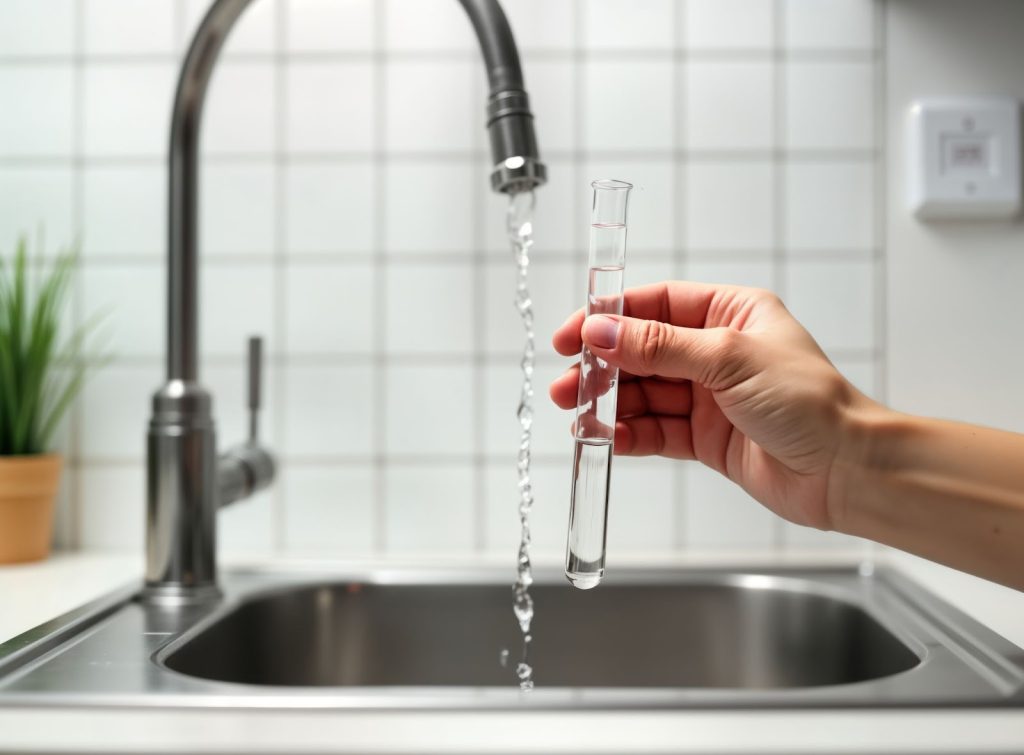
Signs your water treatment system needs attention
Even with regular maintenance, your water treatment system may occasionally show signs that something isn’t working as it should. Catching these early warnings will prevent bigger problems down the road and help you maintain clean, safe, and efficient water throughout your home.
Bad taste or odor in water
Does your water taste metallic or bitter? Does it smell like chlorine, sulfur, or something musty? It could indicate that your filters are worn out or that the system isn’t effectively removing contaminants.
Cloudy or discolored water
Water that looks murky, has a tint, or shows visible particles often signals a filtration issue. This could be due to a clogged filter, sediment buildup, or malfunctioning system components.
Low water pressure
A noticeable drop in water pressure, especially at specific faucets, might mean your water treatment system is clogged, particularly if you’re using a reverse osmosis unit or whole-house filtration system.
White or rust-colored buildup on fixtures
Hard water residue or rust stains on sinks, faucets, and appliances may indicate that your water softener or iron filter isn’t working correctly. These signs typically point to a failure in mineral removal.
Unusual noises or leaks
Strange sounds coming from your system — such as hissing, clicking, or gurgling — can indicate mechanical issues, pressure problems, or trapped air. Visible leaks or damp spots around your unit should also be addressed immediately.
Frequent need to refill salt or replace filters
If you find yourself constantly refilling salt or changing filters sooner than expected, it could mean your system is overworked or not functioning efficiently.
Algae or mold growth
Slimy buildup in tanks or tubing is a serious warning sign that the system hasn’t been sanitized properly. This can compromise water quality and pose a health risk.
Call Salisbury Plumbing for expert water treatment maintenance
Whether you need routine maintenance, filter replacements, system repairs, or a full inspection, Salisbury Plumbing is here to help. Our experienced team understands the complexities of water treatment plumbing and provides honest, high-quality service you can trust.Keep your system running at its best. Contact Salisbury Plumbing today for expert care and dependable solutions tailored to your home’s water needs.


